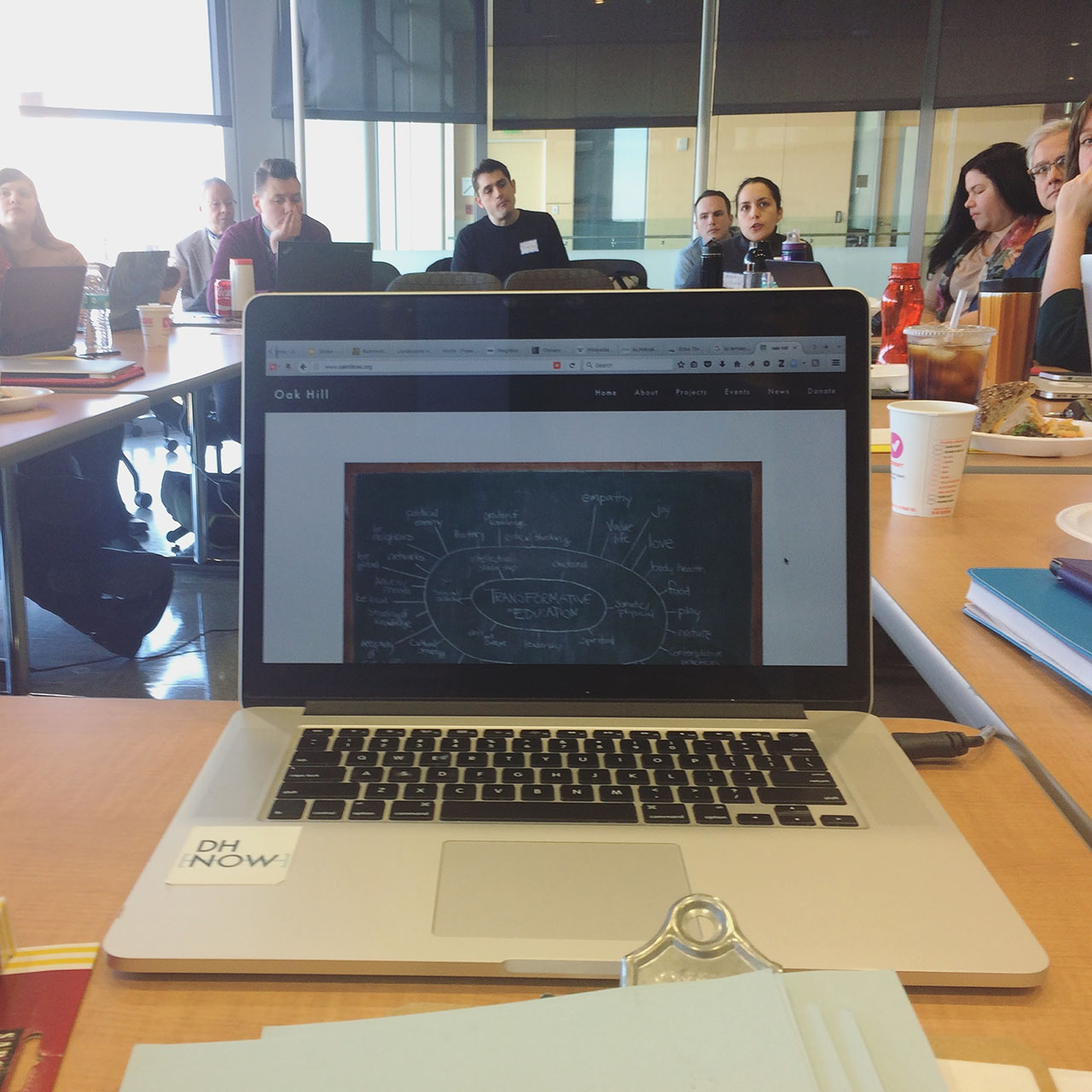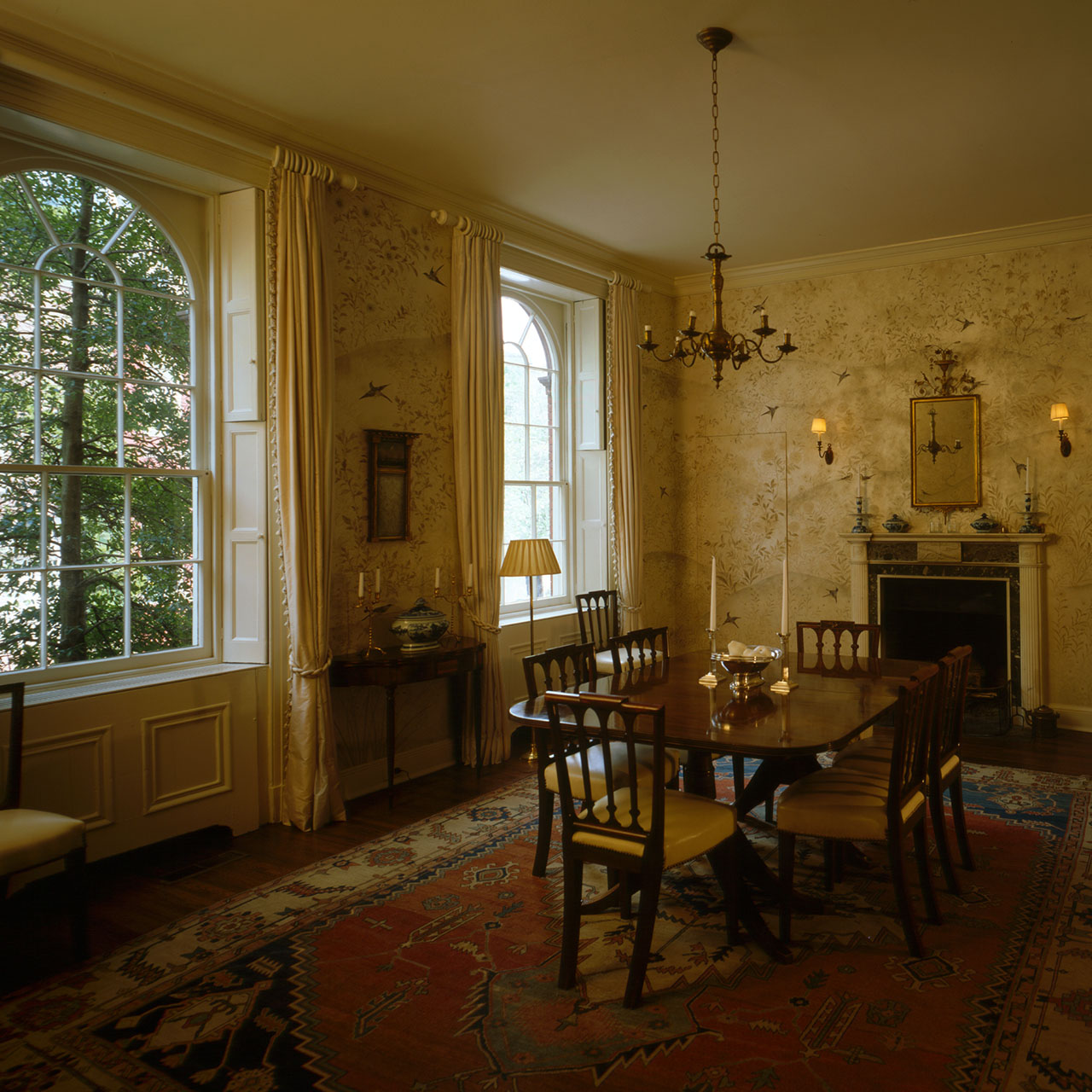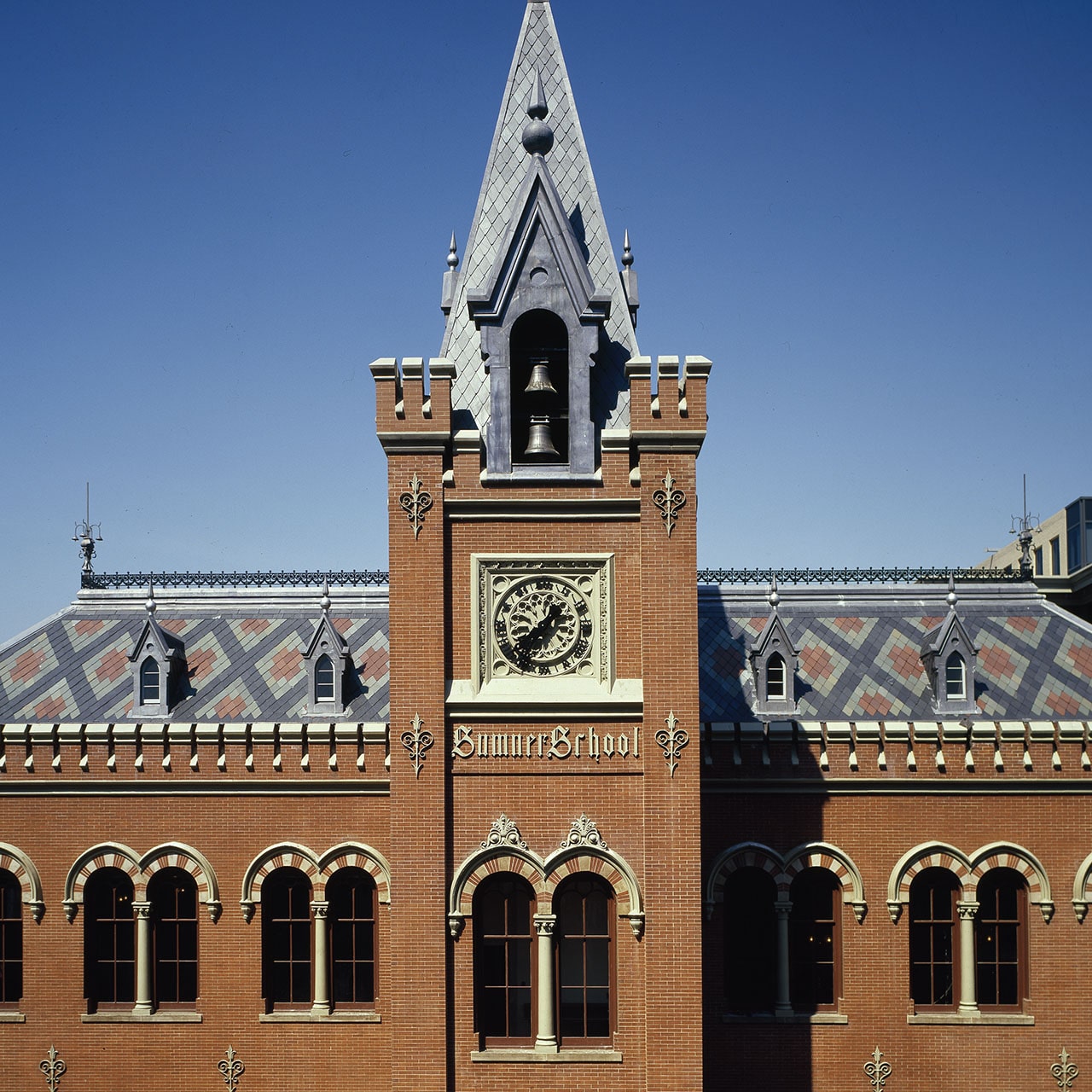How to write a grant application in four days—we’re showing you how we do it!
A couple weeks ago, I came across the NCPTT (National Center for Preservation Technology and Training) 2016 Media Grants. Thanks to Heritage Documentation Programs, NPS for promoting the opportunity on Facebook—a good reminder of the value of social media for preservation. When I saw the grant on October 14, the deadline about 2 weeks away but after a quick look at the requirements, I decided that Baltimore Heritage could likely apply for a Media grant to help support the Local Preservation School. I called the staff at NCPTT to try to get a better understanding of the intent of this grant program and whether our project would be eligible or competitive. I was excited to hear that this is actually the first year the NCPTT grants are being offered. The program is focused on “media” production broadly defined. In the past, NCPTT has funded the publication of technical and scholarly printed materials but with this funding they wanted to make sure that web, mobile, video and other media formats could be considered for funding. It is great to see NCPTT taking an inclusive approach with these grant guidelines and they encouraged us to apply.
In what may be a familiar situation for many small nonprofit employees, the grant deadline snuck up on me and the application is due next Tuesday, November 3. We don’t have much time to write this grant but we think it is still worth applying. If we receive additional funding for this project, we might be able to hire additional writers, developers or instructional designers to be part of the team developing our course materials.
When I started working on the grant application yesterday afternoon, I realized that I wanted to continue using the same open-source approach even when we are writing a grant application—something that we’d more typically keep private. After checking with my colleague Johns Hopkins, we agreed that it makes sense to put our money where our mouth is and use the application as an excuse to give anyone interested a look inside the process of writing and submitting a grant application.
If you’re interested in seeing how we write a medium-sized grant application, please keep checking back over the next couple days! I’ll be primarily writing the grant but working with Johns on revisions. We’d hoped to send it to NCPTT for a quick review (something many grant officers will provide as a courtesy) but I’m not sure if they’ll be able to provide any feedback at such short notice.
Here is my game plan:
- Review the grant application focusing on goals and eligibility requirements to identify key terms
- Draft an outline of the application narrative that addresses the stated goals for the program
- Expand the outline into a the first draft of the grant narrative
- Draft a budget to accompany the application
- Review and revise the grant narrative and budget
- Collect any required attachments (resumes, certification of nonprofit status, etc.)
- Submit the grant application by Tuesday, November 3
Can we do all this in just four days? Stay tuned to find out!
How does a small nonprofit apply for a federal grant?
We are applying for the NCPTT 2016 Media Grant. Continue reading for our break-down of the grant application and the outline for our grant narrative.
What is the NCPTT Media Grant program?
The NCPTT Media Grants program provides funding for innovative dissemination of new technologies or existing technologies to preserve cultural resources.
Grant recipients will develop publications, web or mobile applications, and video products that offer preservationists a better understanding of tools and resources available to preserve cultural heritage. The resulting grant products help increase the longevity of cultural resources.
We are working from the How to Apply Quick Guide for 2016 NCPTT Media Grants as our reference as we put together this application.
What will this program fund? Are we eligible to apply?
What is the purpose of this grant program?
- Provide media tools for preservationists and the general public to better conduct preservation efforts on historic structures, archeological sites, historic landscapes, and museum collections.
- Disseminate new technologies through publications, online resources, mobile applications, and video production.
- Provide tools that can gather information about cultural resources through mobile devices.
Here are a few question we had about this description:
- What is a media tool?
- What is a new technology?
- Who is the general public?
After some discussion, here are the most relevant categories of potential product that we think the Local Preservation School qualifies under:
- Web publication
- Video/multimedia products
- Mobile websites/apps
It also prompts a few additional questions that will help us focus the grant application:
- Are GitHub and Jekyll “media tools”?
- Is using open-source HTML/CSS/JS a “new technology”?
- How should we describe the audience for the Local Preservation School?
- Does it make sense to frame the Local Preservation School or related efforts as “publications”?
- What is our strategy for dissemination of the resources we are developing?
- How do you teach people how to gather documentation with mobile devices?
Note: we already have some information related to this questions in our background research document
To submit this application we need to write:
- A project abstract (100 words maximum)
- A project narrative (10 page maximum, including resumes—approximately 2700-3600 words)
- A budget
- Any additional required forms and attachments
When questions do we ask when writing a grant?
What do we need the money for?
- Instructional Designer
- Web Development (requires experience GitHub, open-source projects, HMTL/CSS, Javascript)
- Open Source Community Manager
- Content Marketing
What do we think makes this a compelling project?
- There are few existing models for collaborative, open-source projects related to historic preservation. This project could help increase the base of preservation professionals using GitHub with potential secondary benefits for other open-source projects in the future.
- Open education is increasing in importance across the country. The White House also just announced a major initiative to support the “use of open educational resources to provide equitable access to quality education.”
- Other federal agencies are using and promoting open-source tools, notably 18F, but also the White House, the National Park Service (of which NCPTT is part), etc.
Why do we think we may be competitive applicant?
What makes Baltimore Heritage a competitive applicant as the project lead?
- We are a small organization where even modest investments in funding can make a big difference for our capacity.
- We now have a track record of successful federal grants thanks to the Baltimore Heritage archaeological dig in Patterson Park in 2014.
What about our broader network of advisors, partners, contacts and friends make this a more competitive project?
- This project is based around open communications with professionals and volunteers around the country.
Project Abstract: Tell us about this project in 100 words or less
Here is what NCPTT says is required for the abstract:
The abstract is a summary of proposed work suitable for dissemination to the public. It is limited to 100 words in length. The project abstract will be a file attachment in the application. Please create the file in Microsoft Word or Word compatible software.
Project Narrative: Tell us about this project in 10 pages or less
Here is what NCPTT says is required for the narrative description:
The proposal is a narrative description that should specifically address each of the review criteria (see Section IV). The proposal text must be no longer than 10 pages, no smaller than font size 11, and have 1-inch margins. The 10-page limit includes all text, figures, references, and resumes (Forms SF-424, SF-424A, SF- 424B, project abstract, key contacts, and the statement of indirect charges are not counted as part of the 10 page limit).
I’m estimating that resumes, references and figures will take about 3-4 pages of the total. That leaves us to write (or reuse) around 6-7 pages of description to explain this project. I’m going to start with an outline of the key components of our project and how they fulfill the goals for the grant. It is always good to make this very explicit—don’t assume a grant reviewer will understand why your project is a good fit for a funding opportunity? You always have to tell them.



